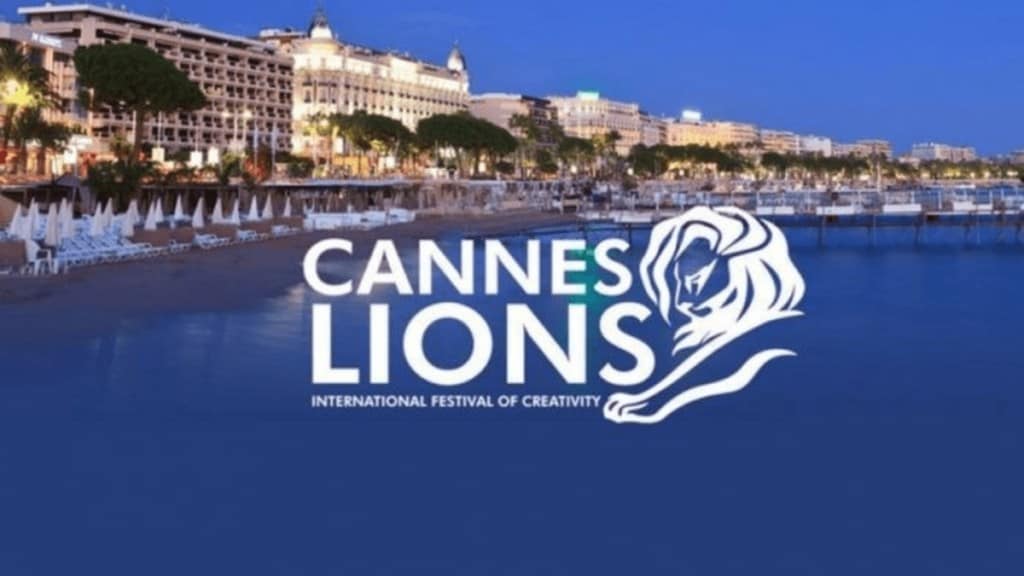For all practical purposes, India’s campaign at the Cannes Lions International Festival of Creativity this year was a face-saver. With 32 metals, including one Grand Prix in the PR category, from 982 submissions, the conversion rate barely crossed 3%. That’s certainly not good enough if one were to consider the size of the industry — India ranks ninth among the top advertising markets with revenues of Rs 101,084 crore as of 2024. It’s not that India hasn’t had enough exposure — it has been sending representation at the world’s most prestigious advertising industry gathering for over two decades now. India’s standing in the country-wise ranking also declined slightly, from 10th place in 2024 to 12th in 2025. All that is not for the lack of enthusiasm though. This year, Indian agencies submitted 150 more entries compared to 2024 and logged a dozen more shortlists than last year.
Crucially, the biggest representation was in outdoor (13 shortlists), followed by print and publishing (4), health and wellness (3), and pharma (2). The technology piece was conspicuous by its absence right at that stage. This is significant as even in 2024, which was a terrible year for India at Cannes, two of its award winners hit the bullseye so far as the use of technology was concerned. Of course, awards are not the sole goal of advertising. But here’s the thing — all the razzmatazz come at a cost. For each ad entry, an agency spends around euro 5,000; then there are the delegate passes that come for euro 22,500 apiece. Add to that travel and stay for the contingent, and the agency would be shelling out a cool euro 42,500, that is, Rs 38-40 lakh for one shot at a metal. Remember, agencies typically send 20-plus entries.
Now look at that one piece of work that won big this year. FCB led India’s metals tally with nine Lions and all its awards were for Lucky Yatra, a campaign for Indian Railways that encourages the purchase of train tickets. The 3 Golds for Lucky Yatra came in the categories of Creative Business Transformation, Brand Experience and Activation, and Creative Commerce. In his column from Cannes for this newspaper, Gour Gupta, managing director and chairman, Tribes Communication, said it was clear from the kind of submissions he saw at the festival that creativity alone wasn’t going to cut it. Carbon consciousness, impact longevity, and community inclusion were now non-negotiables and that there is a growing demand for celebrating advertising that demonstrably works. And that’s where some Indian campaigns — “Nature Shapes” (Talented for Britannia) and “Ink of Democracy” (Havas for The Times of India) among them — stood out. Rooted in purpose, yet globally relevant.
One final thought. Last week, the technology that stole the show was 3D printing. One of the most powerful demonstrations of the technology appeared in a campaign titled “Plastic Blood”. It involved transforming microplastics found in human blood into everyday items such as cups and straws. Immediately, what was once just a scientific concern became something people could physically hold, question, and fear. The visual and tactile nature of the message sparked headlines, debates, and policy-level conversations. By any metric, effective. This is one reason that trip to Cannes matters — to benchmark how we are doing, draw inspiration, and move things forward. Let it not go waste.

